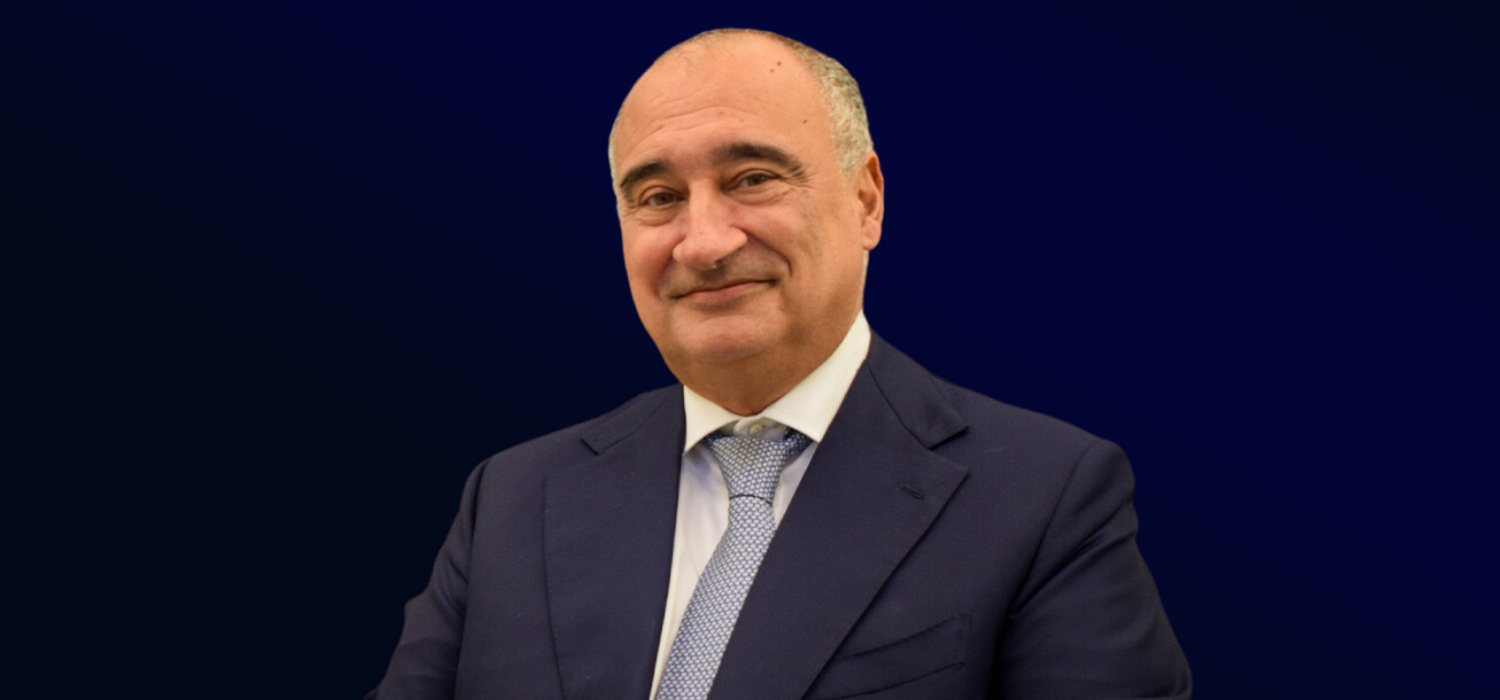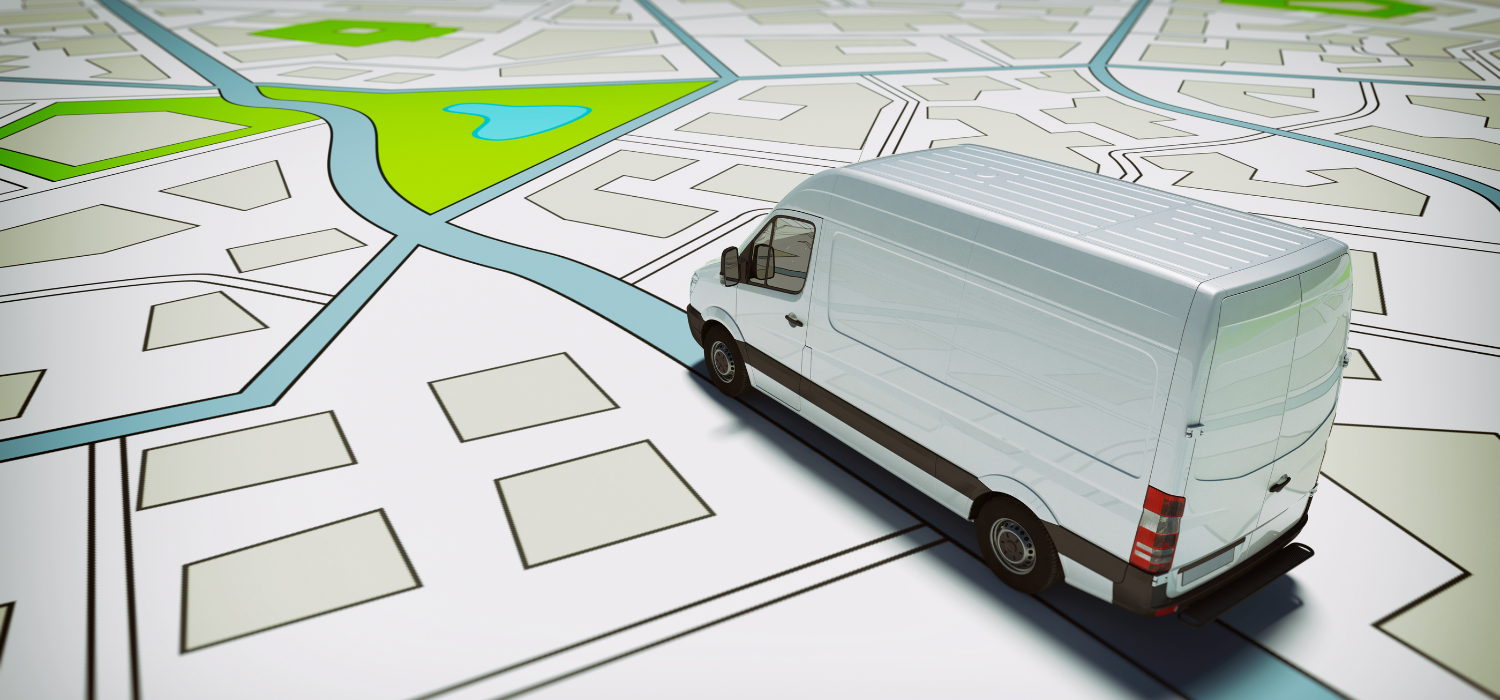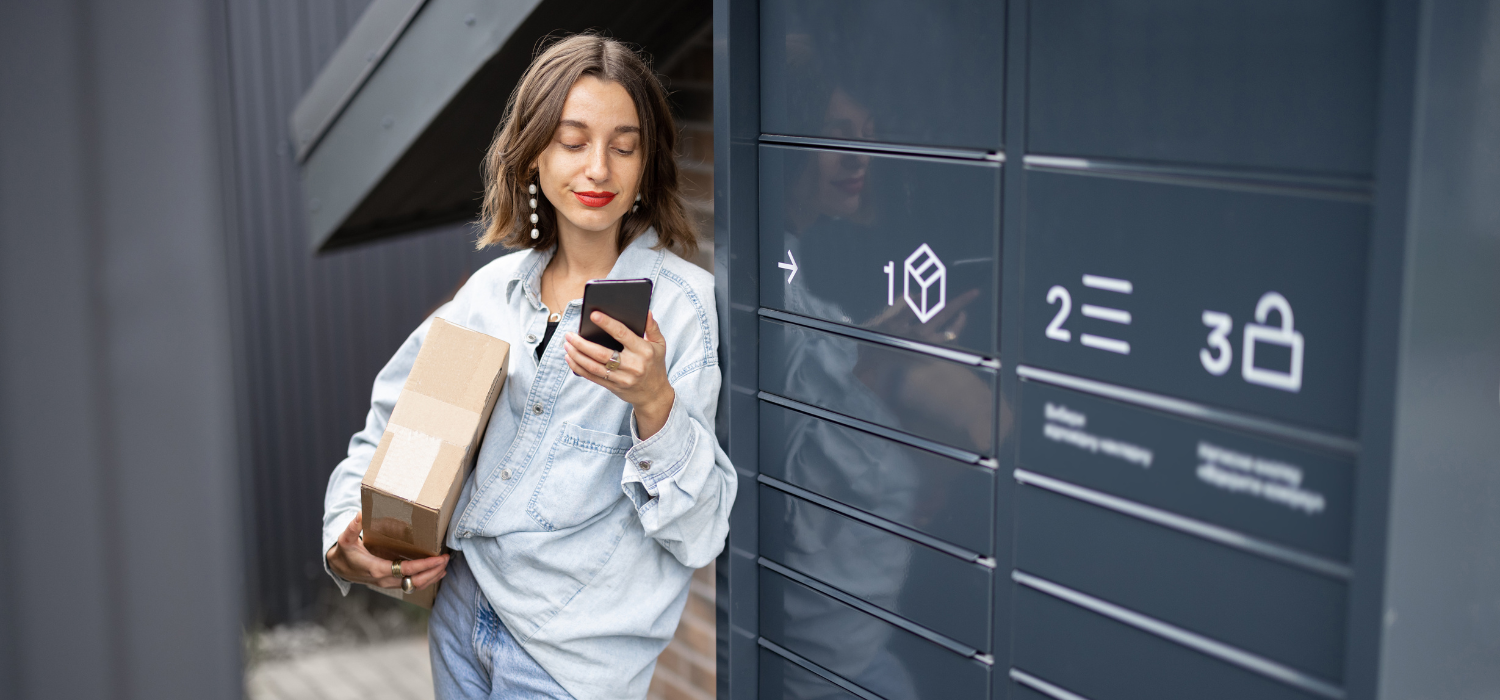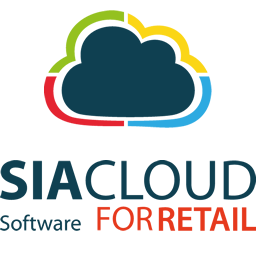Alternative fuels, electric vehicles and sharing mobility are some of the most interesting innovations that are affecting the logistics and transportation sector, inevitably spilling over to the world of eCommerce as well, which today demands more and more attention to the issue of sustainable delivery.
We discussed this with a cornerstone of Logistics in Italy: Andrea Sianesi, President of Fondazione Politecnico di Milano and PoliHub and Full Professor of Supply Chain Management at Politecnico di Milano.
At Polihub, the Business Accelerator of the Politecnico di Milano, technology is at home. In recent years, many promising young companies are believing in your nursery. What do you see as the most innovative sectors?
PoliHub is a business incubator and accelerator that specializes in Deep Tech technologies, that is, it hosts companies that make technology-both as “hardware” and “software”-their distinctive element and that normally have a B2B outlet market, that is, they make products or solutions for the industrial market. In recent years, the number of Deep Tech startups has grown significantly, not only in PoliHub but all over the world, because companies are increasingly looking for technological solutions to make complex products, a fact that in turn has fostered the attention of the capital market (investment funds and corporate venture capital) to this segment of innovation.
In this context there are certainly some areas that are growing more than others. The first-very broad-is that of “sustainability” (or ClimateTech), in which one finds all products and solutions that aim in a direct or indirect way to address the major issues that plague the planet and require sustainability-oriented approaches. Gel proximity certainly falls under this umbrella as the parcel collecting system helps to reduce CO₂ emissions.
The second is the area of MedTech, i.e., technologies that make devices in the medical field, where there is a very wide range of products ranging from solutions for “drug delivery” to the creation of “smart” artificial organs.
The most interesting phenomenon we are observing, however, is the transversality between areas, such as technologies developed for the aerospace sector that find fields of application in healthcare, photonics solutions born for the world of telecommunications that find application in the automotive industry, etc.
How does Fondazione Politecnico contribute to strengthening the development path of Italy’s leading Athenaeum by making innovation more usable on the ground?
Fondazione Politecnico has a very simple mission, to support the University in fulfilling its three missions: education, research and technology transfer. In its twenty years of existence (2023 will be the 20th anniversary of its establishment), Fondazione Politecnico has developed distinctive project management and complex project management skills that have enabled it to adapt over time to the University’s changing demands.
Fondazione thus supports the development of applied research both through the search for potential industrial partners interested in applying in companies the research carried out in the twelve departments of the Politecnico, and through the search for opportunities present in the various research calls not only national and European, but more recently also extra-EU.
Fondazione then played a fundamental role by “incubating” the business accelerator internally until this, ten years ago, became an autonomous legal entity with the establishment of PoliHub, de facto a spin-off of Fondazione that still expresses its president and to which it ensures “solidity” from the point of view of the financial resources necessary for development projects (first and foremost the extension of real estate).
Finally, Fondazione collaborates with its project management and reporting services on PNRR projects, not only working alongside the University, but also with Companies and Institutions.
Let’s talk about Logistics, a subject in which you are a cornerstone. How has the logistics landscape been evolving in recent years? Are there some changes that you consider necessary?
The Logistics sector is considered increasingly mature and in which innovations are therefore often incremental. Focusing on transportation activities, wanting to simplify, two lines of development can be identified. For all phases that are immediately following the production of goods (primary transport), innovations concern solutions oriented toward maximizing efficiency (energy savings, route optimization, etc.). There are two technologies that are likely to bring radical innovation: the deployment of hydrogen (with the creation of ad hoc networks and infrastructure for charging vehicles) and the charging of electric batteries during the journey, through chargers placed under the asphalt.
For the stages close to the customer (last mile), on the other hand, there is a flourishing of widespread innovations ranging from rethinking distribution activities in platform logic, to an increasingly pervasive use of information technology to support operations.
In any case, the change needed for all logistics activities is an even more driven orientation than it is today toward sustainability and combating CO₂ emissions.
How can the sector rethink itself from a more sustainable perspective and what role can the concept of “sharing” play?
The sharing economy is certainly one of the paradigms that can help in the quest for increasing sustainability. The trade journals are full of articles highlighting how vehicles (especially for private mobility) are underutilized, resulting in, on the one hand, the consumption of an excess of resources for the production of the vehicles themselves, on the other hand, an excessive consumption of space (land) for the period of non-use and, finally, an oversizing of the necessary service infrastructure. This sharing paradigm is reinforced by all the developments in terms of autonomous driving. It is clear how the sharing concept, which is proving to be effective in private urban mobility, can be extended with the necessary adjustments to the industrial logistics sector as well, but this requires at the very least the study and development of business models that are sustainable for the current transport players, otherwise the risk is to delay its diffusion.
Urban logistics and sustainable mobility. Our Milan is also changing its face, and there is a concrete commitment in the name of more efficient solutions. What are the main changes in Italian metropolises that have garnered your interest?
There is a lot of discussion about bike lanes, and although I am not a cyclist, I am very much in favor of their widespread diffusion (the Lombard capital, like many Northern European cities, is “flat” and therefore favors this type of development). Milan then has an extremely efficient and effective urban transport network, and I think that over the years connectivity between the city and neighboring municipalities and in general with the areas from which commuters come has improved, but I think there is still a lot of work to be done to improve this connectivity and make it as widespread and efficient as urban connectivity. Beyond that, I think the big changes have not happened yet: the deployment of sharing mobility based on self-driving vehicles will probably be the first to see the light of day.
We would like to thank Andrea Sianesi and look forward to our next interview.
If you are an eCommerce manager and would like to integrate your online store with thousands of Pickup Points and Lockers already active throughout the country and internationally to offer your customers the ability to pick up an order or make a return, contact us!












